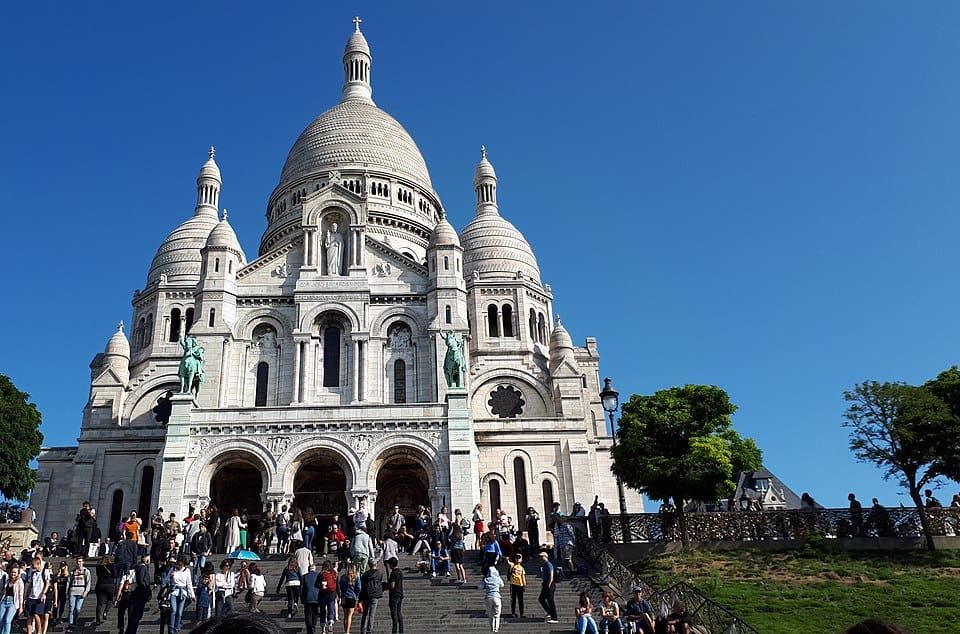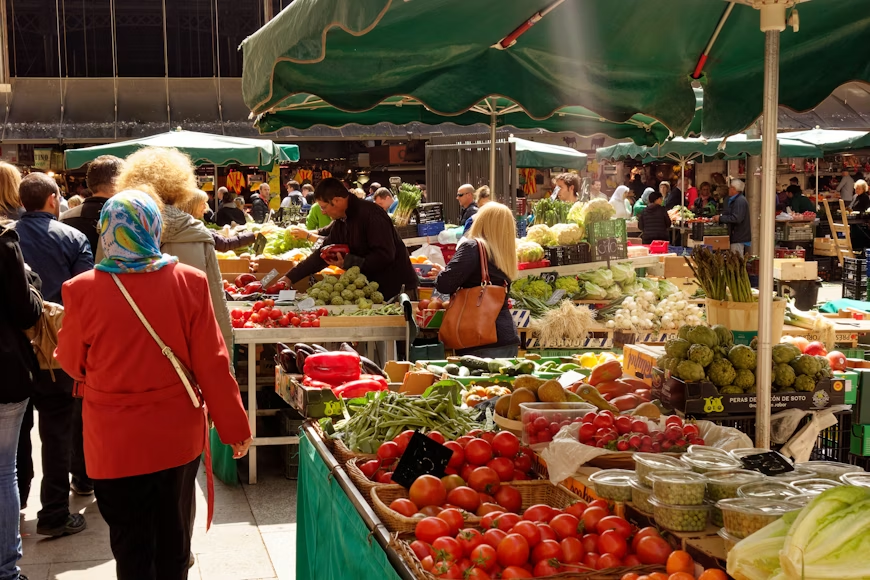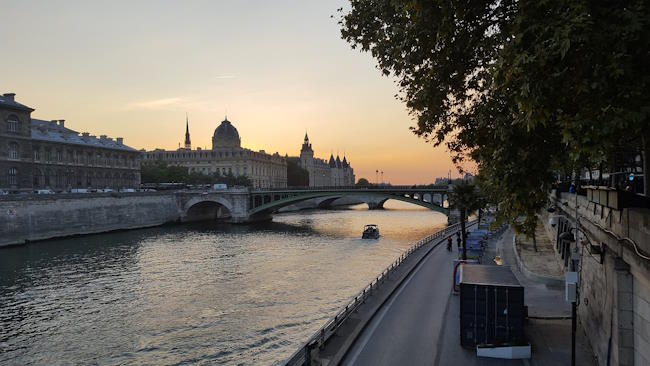Planning a visit to Montmartre? Then chances are, you’re also heading to the iconic Sacré-Cœur Basilica—also known as the Basilica of the Sacred Heart of Paris. This remarkable structure is not only one of the most recognized landmarks in the city but also offers panoramic views over the French capital from its elevated perch.
Whether you’re drawn to its spiritual ambiance or stunning architecture, the Sacré-Cœur blends artistic beauty with deep religious significance, making it a must-see for any Paris itinerary.
Curious about what makes this basilica so special? Here are 28 intriguing facts about Sacré-Cœur that might surprise you.
1. The site was sacred long before the basilica was built
Before the Sacré-Cœur was erected, Montmartre Hill was already a place of religious importance. It was home to pagan rituals and once featured Gallo-Roman temples dedicated to Mercury and Mars. The hill’s height made it a symbolic space for those seeking closeness to the divine.
2. It’s Paris’ second-highest point
Perched atop Montmartre at 130 meters above sea level, the Sacré-Cœur is Paris’ second-highest point—after the Eiffel Tower. With its dome and bell tower reaching 91 meters, the basilica’s summit stands at a total elevation of 213 meters, making it one of the city’s most elevated spots.
3. It’s France’s second most-visited church
Drawing over 10 million visitors annually, Sacré-Cœur is second only to Notre-Dame Cathedral in terms of foot traffic. Entry to the basilica is free, but if you want to climb the dome for an unbeatable view of Paris, tickets are required and can be purchased on-site.
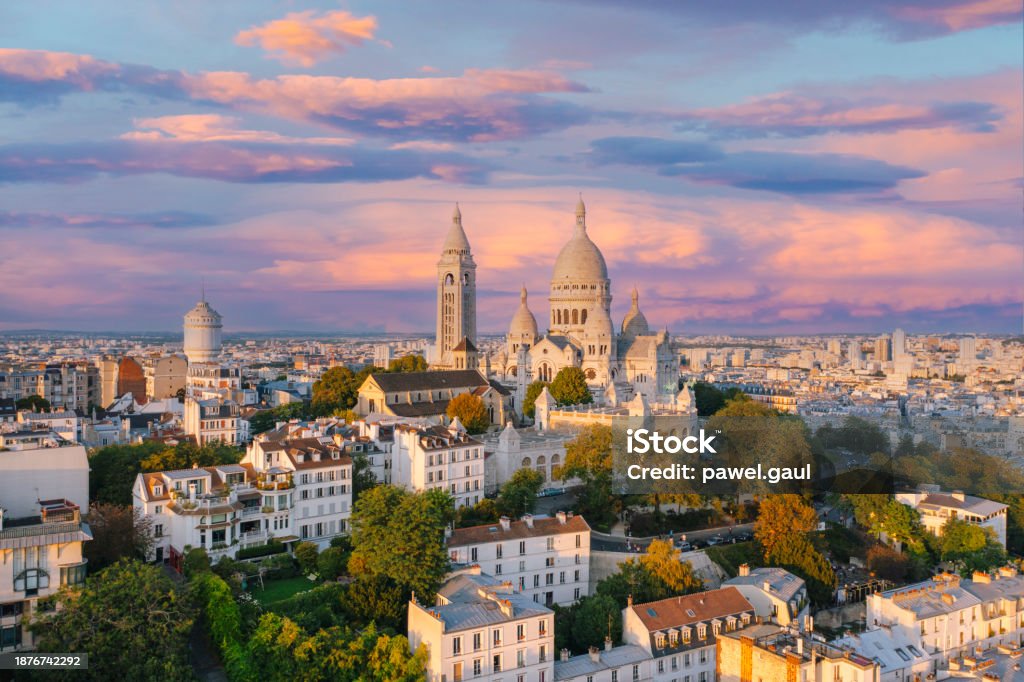
4. It features a distinctive Romano-Byzantine style
Architect Paul Abadie designed the basilica in a Romano-Byzantine style, drawing inspiration from iconic structures like Hagia Sophia in Istanbul and St. Mark’s Basilica in Venice. The result is an architectural masterpiece rich in light, arches, and intricate detailing.
5. Funded by the people of Paris
Unlike many monumental projects, Sacré-Cœur was funded through public donations. You’ll find the names of contributors etched into the basilica’s walls—a tribute to the Parisians who made its construction possible.
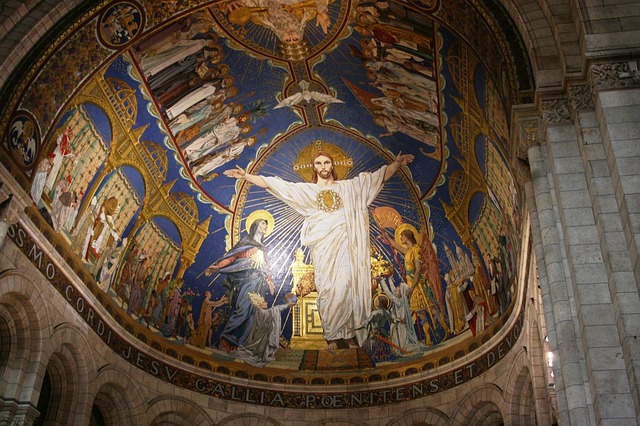
6. A symbol of national healing
After France’s defeat in the Franco-Prussian War of 1870, devout Parisian Alexandre Legentil proposed building the basilica to lift national morale and seek spiritual redemption. His vision was officially recognized by the French government, and construction began shortly thereafter.
7. Home to one of the world’s heaviest bells
Donated by the Savoie region, the basilica’s massive bell—known as the “Savoyarde”—was cast by the Paccard foundry. Weighing in at 19 tons, it had to be hauled up Montmartre by 21 horses in 1895 and remains one of the largest bells in existence.
8. Named after Jesus’ sacred heart
Unlike many churches of the era, which were named after the Virgin Mary, Sacré-Cœur is dedicated to the Sacred Heart of Jesus. This symbolizes divine love and Christ’s sacrifice for humanity’s sins.
9. The basilica “self-cleans”
The dazzling white façade of Sacré-Cœur remains pristine thanks to the travertine stone from Souppes-sur-Loing. This stone releases calcite when it rains, naturally washing the exterior and preserving its bright, gleaming appearance.
10. A tranquil refuge in the heart of Paris
Montmartre’s summit, where the basilica stands, offers more than just views. It’s a peaceful haven filled with locals relaxing, artists performing, and tourists reflecting. The atmosphere inspires a unique sense of calm and clarity.
11. Paris’ youngest major church
Although Montmartre is steeped in history, Sacré-Cœur is relatively modern. Conceived in 1870, construction started in 1875 and took 39 years. The church opened to the public in 1914—just before the outbreak of World War I.
12. The location was sacred long before Christianity
Long before Christianity took root in Paris, Montmartre was revered by ancient pagans. Later, the Romans built a church here in honor of Saint Denis, the city’s first bishop and martyr.
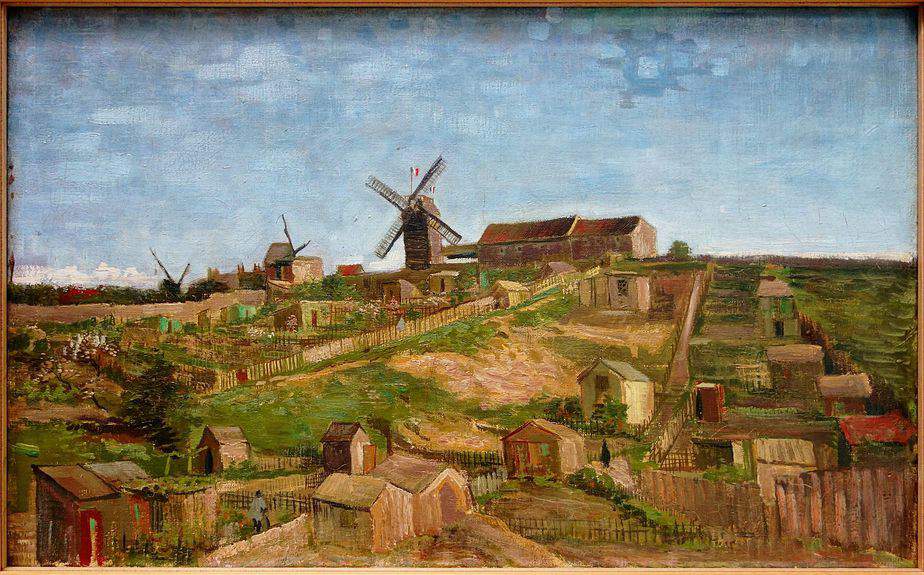
13. Home to one of the world’s largest mosaics
Inside the apse, visitors can admire an enormous mosaic—called the “Apse Mosaic”—that covers 475 square meters. Created by Luc-Olivier Merson and others, it depicts Christ in glory and was added in 1923.
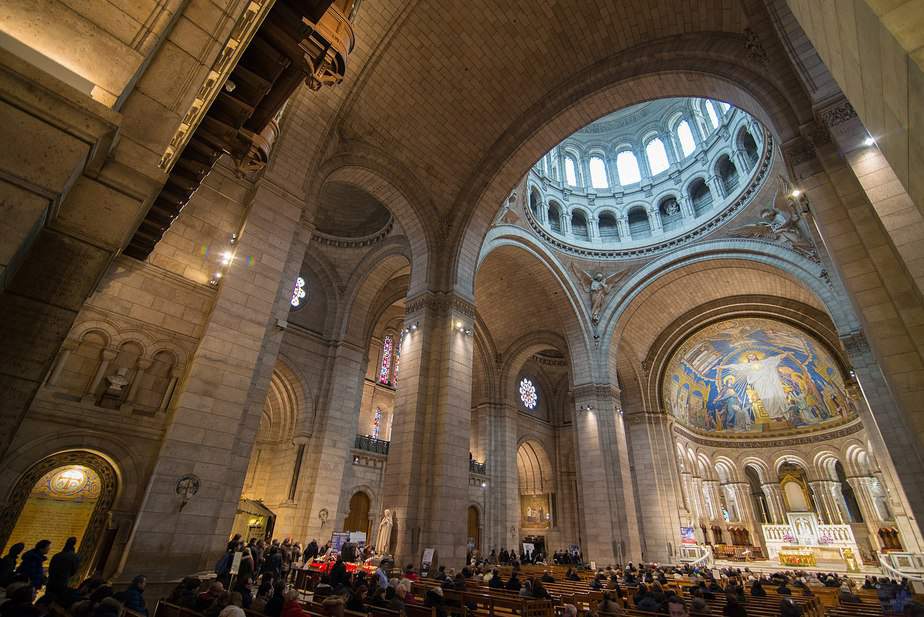
14. A twin basilica in the Caribbean
A lesser-known twin of Sacré-Cœur stands in Martinique, a French overseas territory. The smaller “Sacré-Cœur de la Balata” was built in 1915 after a volcanic eruption displaced locals, and its design closely mimics that of the original.
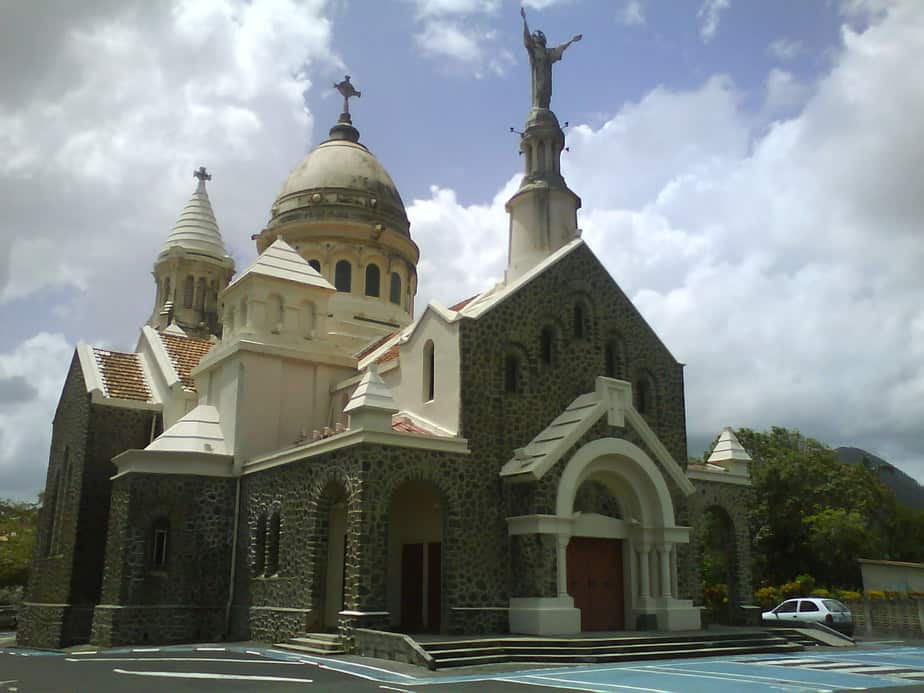
15. Iconic outdoor statues adorn the front
Two equestrian statues flank the basilica’s entrance. On the left is King Louis IX (Saint Louis), the only French king canonized by the Church. On the right is Joan of Arc, who was declared a saint in 1920.
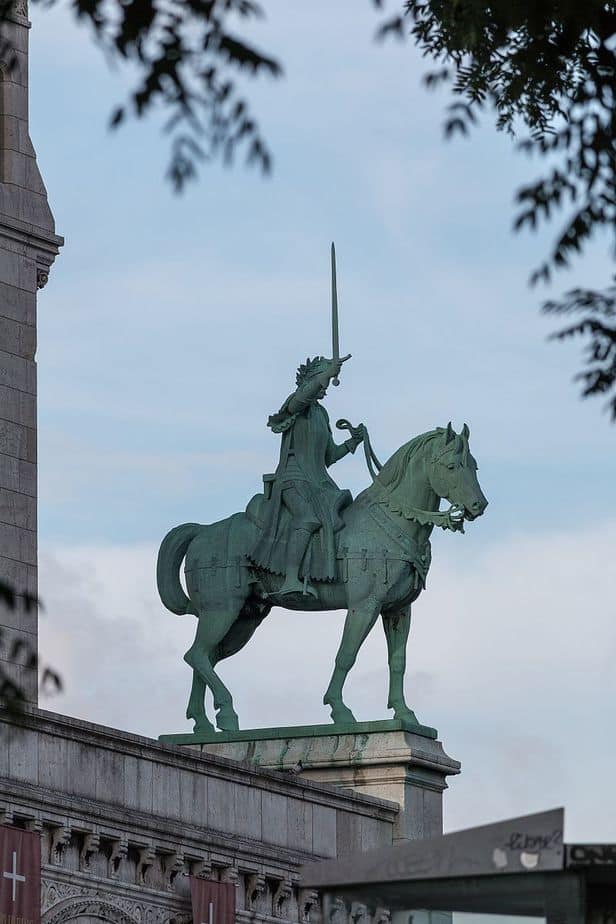
16. Its architectural style remains unique
Sacré-Cœur’s Romano-Byzantine style distinguishes it from other Parisian churches of the same period. The aesthetic was championed by Paul Abadie and has left a lasting architectural legacy.
17. Continuous nightly prayer since 1885
Since August 1, 1885, the basilica has held uninterrupted nocturnal adoration. This sacred tradition continues to this day, with the church closing to the public but remaining open to worshippers at night.
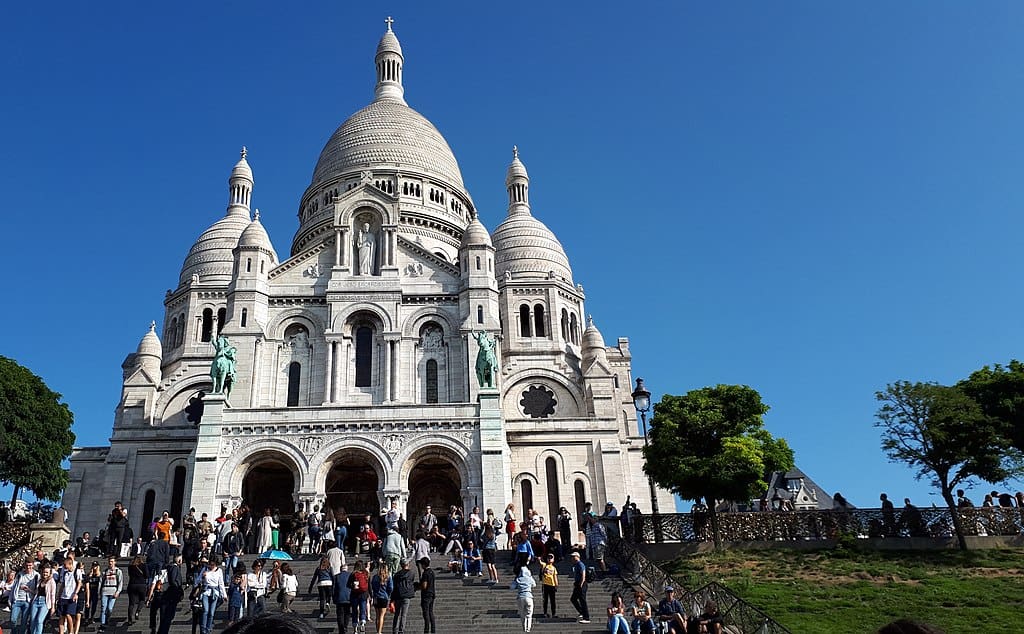
18. You can spend the night at the basilica
One of Sacré-Cœur’s best-kept secrets is that you can sleep there—if you take part in the nightly prayer vigil. After registration and a small fee, guests can access the dormitory and are gently awakened by a nun for their hour of devotion.
19. Built to erase the city’s “socialist sins”
Following the Franco-Prussian War, the Paris Commune—a radical socialist government—briefly ruled the city. Sacré-Cœur was proposed as a symbol of repentance and a bulwark against secularism, a motivation that still sparks debate.
20. Montmartre means “mountain of martyrs”
The hill is named after Saint Denis, Paris’ first bishop, who was executed by the Romans. Legend says he walked several miles carrying his severed head, preaching repentance. His burial site is now the Basilica of Saint-Denis.
21. Dedicated to the Sacred Heart of Jesus
Sacré-Cœur stands out among French churches by honoring the Sacred Heart of Jesus instead of Mary. This dedication emphasizes divine compassion and redemption.
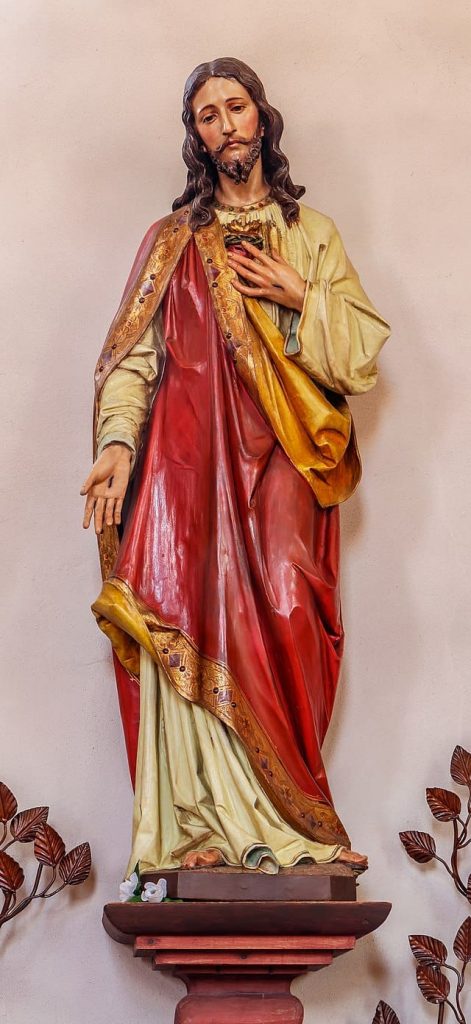
22. A 39-year construction journey
The basilica’s construction spanned nearly four decades—1875 to 1914—due to political resistance, funding challenges, and architectural changes. It was finally consecrated in 1919, after the end of World War I.
23. Built by the people, for the people
The basilica was part of a national vow to construct a church if Paris was spared during the war. Though the army fell, the city endured, and Sacré-Cœur was built as a spiritual and patriotic beacon.
24. Seven architects helped complete it
Paul Abadie began the project, but after his death in 1884, six more architects carried on the work. Their collaborative efforts ensured the church’s completion, despite delays and evolving designs.
25. Funded by parishes across France
The 7-million-franc project was financed through donations from local parishes, individuals, and communities across France. In return, donors’ names were immortalized in the stone walls of the basilica.
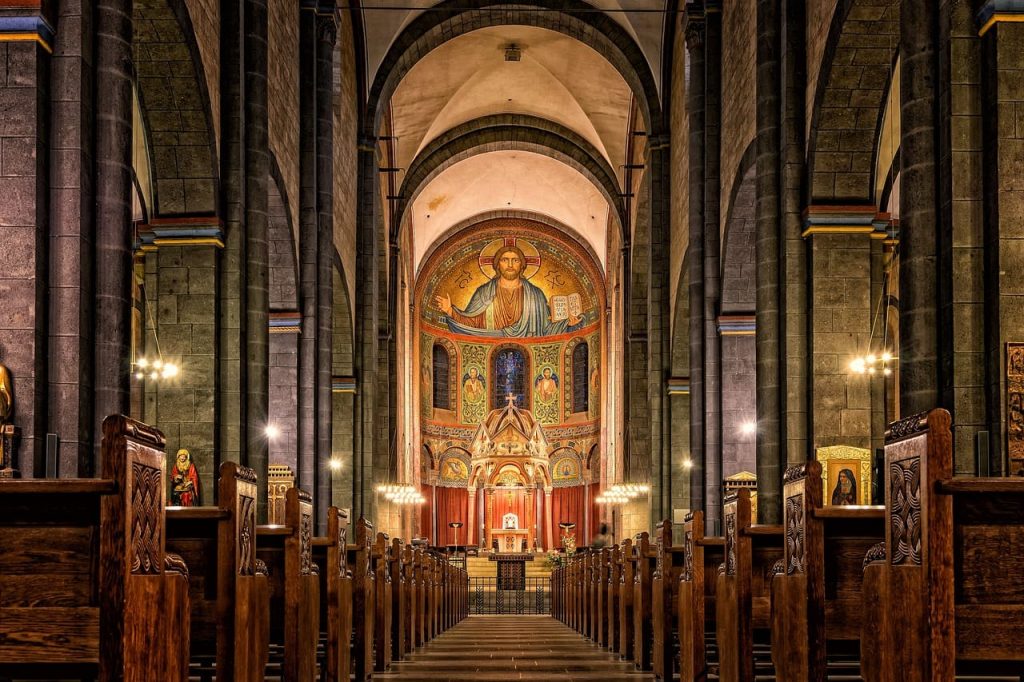
26. Featured in “John Wick: Chapter 4”
The 270 steps leading to Sacré-Cœur were prominently featured in the climactic scenes of John Wick: Chapter 4, highlighting the basilica’s cinematic appeal and dramatic elevation.
27. Holds two national records
Sacré-Cœur boasts France’s largest mosaic and its largest bell. The Apse Mosaic is a national treasure, and the “Savoyarde” bell measures three meters in diameter and weighs over 19 tons.
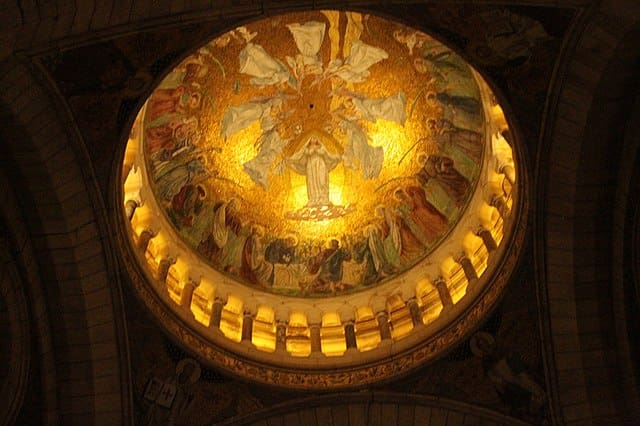
28. Offers one of the best views of Paris
Climb the dome, and you’ll be rewarded with sweeping views of Paris. From here, you can see landmarks like the Eiffel Tower, Panthéon, and Notre-Dame—all from one of the city’s highest vantage points. If you’d like to learn more about Montmartre and the Sacré-Cœur and enjoy the view with a guide, be sure to join our daily Montmartre & Sacre Coeur walking tour.


